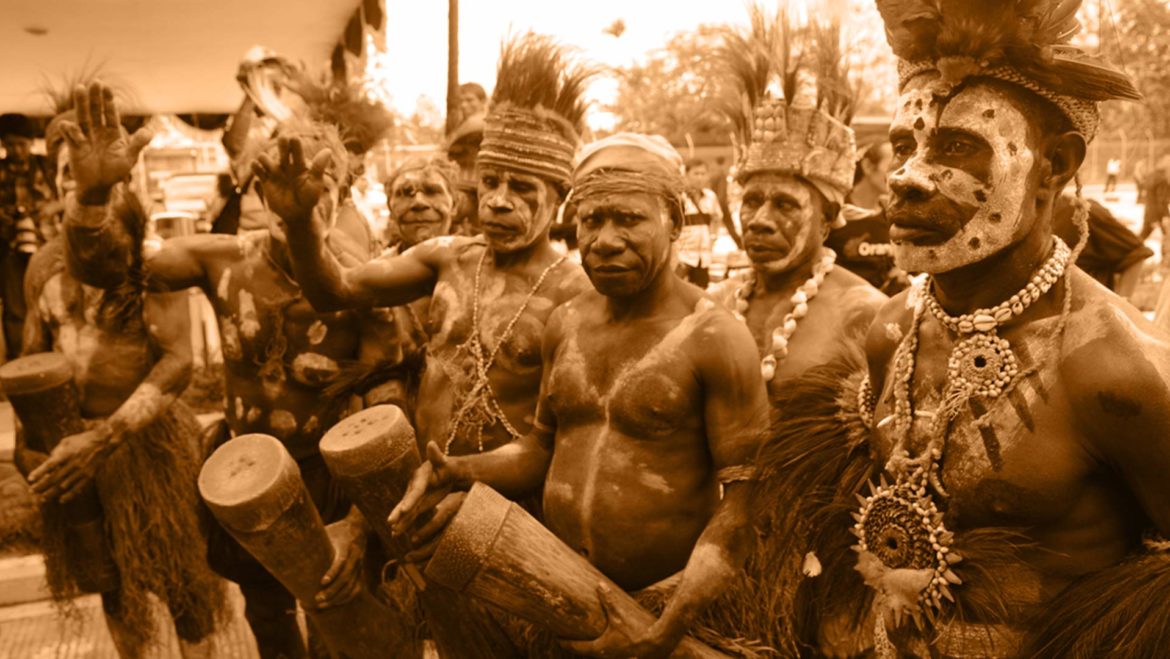
Tool 8 – Impact Assessments
These assessments draw from a pool of information such as baseline studies, input from affected communities, stakeholders, previous research and data modelling. They make predictions about how communities, individuals and the environment will be affected by a project. They also seek to find measures to mitigate or avoid undesired impacts and enhance positive outcomes. All results, including risks, should be made public. However, protecting against potential risks to communities as a result of the assessment should also be recognised.
Step Guide
STEP
1
Before starting assessments, ensure they can be carried out at a pace amenable to broad based discussions, with consideration of indigenous communities and local knowledge
STEP
2
When assessing potential project impacts consider:
- Who will be the potentially impacted Indigenous Peoples and community
- The level of potential impact on the community and their culturally significant values and sites
- The nature of the impact eg primary (impacts that occur as direct consequence of a project or activity), secondary (impacts that occur as an indirect consequence), long or short term
- Whether the impact is positive, negative or has no effect
- The magnitude of the impact in relationship to the community and other impacted communities
STEP
3
It is then important to address the consequences Indigenous Peoples themselves consider important
STEP
4
Where necessary a gender impact assessment should be undertaken. Collect and use sex-disaggregated data to assess how women and men are affected differently by impacts
STEP
5
Again, where necessary, consider undertaking a conflict assessment to assist in planning for, and minimising, the risks associated with conflict
Top Tips:
Gender impact analysis questions to consider:
- Do you understand the different roles of women and men within the indigenous social and cultural context?
- What resources do the men and women have access to, and control of?
- Have you considered the impacts of policies, plans and programs on women, compared to men?
- Have you considered the impact of employing mainly men and the risk of power imbalances, income inequality and income flow on domestic conflict?
- Have you identified key issues and risks involving discrimination and unequal access of resources and services to women?
- Look at power structures and politics within women’s and men’s groups to identify commonalities and difference around impacts and assess the potential for conflict
Conflict assessment
Key factors to consider when undertaking a conflict assessment include:
- A conflict analysis requires as much diligence as any other risk analysis
- Look below the surface to identify potential future issues
- Mining projects can bring conflicts over access to financial payments and employment opportunities
- Conflict levels may be subject to changes from external factors unrelated to a mining project
Community, Economics, Environment, Ethical Business, Management, Rehabilitation
Addressing the Gender Gap
Providing opportunities and support for indigenous women in the industrial workplace and at home
Further Reading:
- The International Association for Impact Assessment (IAIA) describes basic and operating principles that aim to promote meaningful integrations of traditional knowledge with respectful incorporation of Indigenous Peoples in impact assessment
- For further information on gender impact analysis see Why gender matters: a resource guide for integrating gender consideration into communities work at Rio Tinto
- For example gender impact analysis see Women, communities and mining: the gender impacts of mining and the role of gender impact assessment

